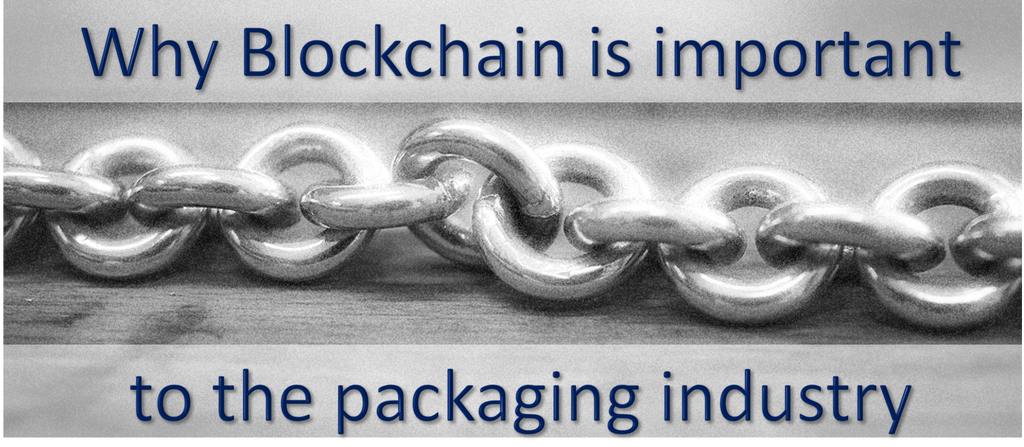
What is it?
A Blockchain is a database of records, here called blocks. What makes the database special is that these records are interlinked, or chained, using a hidden code. This is useful in a supply chain involving transport and transactions that can be recorded as blocks. Each block contains a cryptographic link to the previous block plus information on when a transaction occurred, who was involved and much more.
This may sound slightly abstract, but it makes the Blockchain concept decentralised and transparent. A key element is that the process is spread out across multiple computers with the consequence that no one has ownership of the information on the “ledger”. A non-corruptible database!
Using a Blockchain you bypass the concept of a centralised organisation by giving everyone involved a complete and unalterable copy of the register of all transactions.TO MY HOMEPAGEAdd Button
Why is it important for packaging?
Blockchain technology relates to packaging as it can be used to:
Provide consumers information regarding a product’s authenticity and origin. The identity of a product can be verified as the packaging is read and recorded to the “ledger” when handled along the transport, all the way to the destination. As the records can’t be altered retroactively, it means that all information on the ledger is by default authenticated, but without the paperwork of today.
Track and trace products along the value chain. When the value chain (packaging converters, printers, raw material producers, fillers, brand owners, retailers, etc.) join up in a Blockchain and makes the process transparent they will all share the same picture of origin and handling of products. If a batch is contaminated it can then easily be traced. Traceability is a key aspect and an opportunity, in particular for the food and pharma industries.
Ensure brand protection and serve as anti-counterfeit technology. Consumers will be able to tell a fake product simply pointing their phone at the packaging and read the QR code. Blockchain will prove to be a useful tool for building brand trust as a neutral and immutable system.
The demand for transparency and traceability is increasing, driven by counterfeits troubling the pharma industry and recent food scandals that shook the industry. Using Blockchain technology the consumer with a smartphone can simply scan a QR code on the packaging to follow the product journey, from farm to plate.
Who are using it already today?
It might not be mainstream, yet, but the technology is already in use for mundane items such as milk and coffee. In the lead we find major food suppliers like Arla who are running a pilot project in Finland using Blockchain to provide transparency for milk products. Nestlé recently started up their pilot but in a larger, or even global scale involving milk and oil. Barilla is using the technology in Italy to certify fresh basil.
Also the retailers are also into this. Carrefour is leading in Europe using the technology on a number of categories like poultry, eggs, cheese, milk, oranges, etc. On the other side of the pond Walmart is demanding Blockchain traceability for selected vegetables.
Where is this going?
This is only the beginning. Driven by the main advantages’ security, decentralisation and transparency Blockchain as a tool will gain momentum and develop fast.







